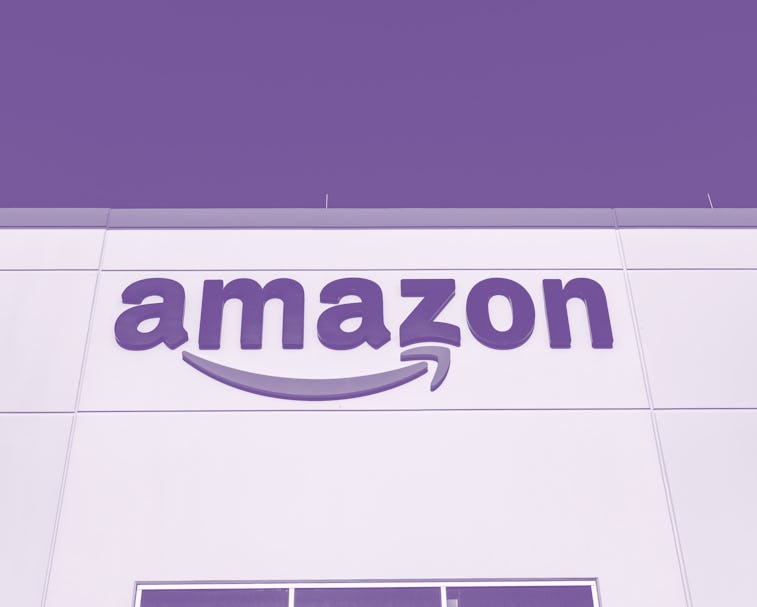Tech
Amazon's rate of serious warehouse injury is double the industry standard
For every 100 workers at an Amazon warehouse, eight were seriously injured on the job last year.

Amazon has for years concealed the real rate of injury inside its U.S. warehouses by refusing to provide care to workers that would trigger an official report. That's the finding of a new investigation by Reveal, which got its hands on internal safety records for the company's nationwide network of fulfillment centers. Even accounting for reported cases only, Amazon's rate of serious injury, or those that send a worker home, is nearly double the industry average.
Customer, not worker, obsession — The central conclusion of the story is that Amazon prioritizes speed and efficiency at the expense of worker safety. Robots that were supposed to save workers fatigue by ferrying items across the floor instead made things worse as Amazon's expectations rose dramatically — workers were pushed to pack nearly 400 items an hour, up from 100 per hour before the robots were introduced.
If you're wondering how the company manages to offer customers unlimited free shipping on top of free streaming video and other benefits all for just $119 per year, this is it. That story about Amazon saving money by making office desks out of spare doors is more than a little deceptive.
The report states that in 2019, Amazon fulfillment centers recorded 14,000 serious injuries, or those requiring days off. The rate of 7.7 serious injuries per 100 employees was 33 percent higher than in 2016 and almost double the industry standard. Roughly eight percent of Amazon's entire warehouse workforce suffered an injury so serious they had to take time off in 2019. The company defends itself saying that others in the industry underreport their numbers.
What's most galling is that in some cases injured workers who are unable to lift up items aren't cared for, but instead sent back on the floor and placed on menial tasks. Reveal says Amazon does this so it doesn't have to provide care that would be "reportable," or added to a list that the workplace regulator OSHA can view. These workers are still in pain, mind you, they're just told to click some buttons on a computer and help Amazon's machine learning systems until they feel better. This happens especially at warehouses with the worst track records of reported cases.
This is how innovation works — Tech companies like to say that innovation trickles down to everyone, but the truth is that much "innovation" like same-day delivery relies on exploiting labor at the bottom. The robotic warehouses Amazon created didn't benefit workers but actually led to a much higher rate of human injury than the company's standard warehouses because the constant repetitive task of lifting heavy items causes distraction and stress on muscles.
But these heightened expectations are how Amazon profits — it can't allow workers to pack boxes slower, or give them benefits like more paid days off, because that would disrupt the business model behind a new offering like one-day shipping.
Amazon is similar to Uber in that it's grown wildly successful thanks to low prices and convenience, but there's someone losing out in that equation: the worker. What's worse about Amazon is that it's helped speed up the demise of retail businesses that provide less grueling work conditions. And Amazon has repeatedly worked to bust unionization efforts that would lead to better working conditions, even though these workers are essential to making its business possible.
Tim Bray, a former Amazon executive who left the company over its labor practices, speculates that the wild success of the company has led some in leadership to think they can do no wrong. “If you’re in one of those leadership roles, you’re used to being right,” he said. “Unfortunately, this can lead to an almost impossible level of arrogance.” Sounds familiar.